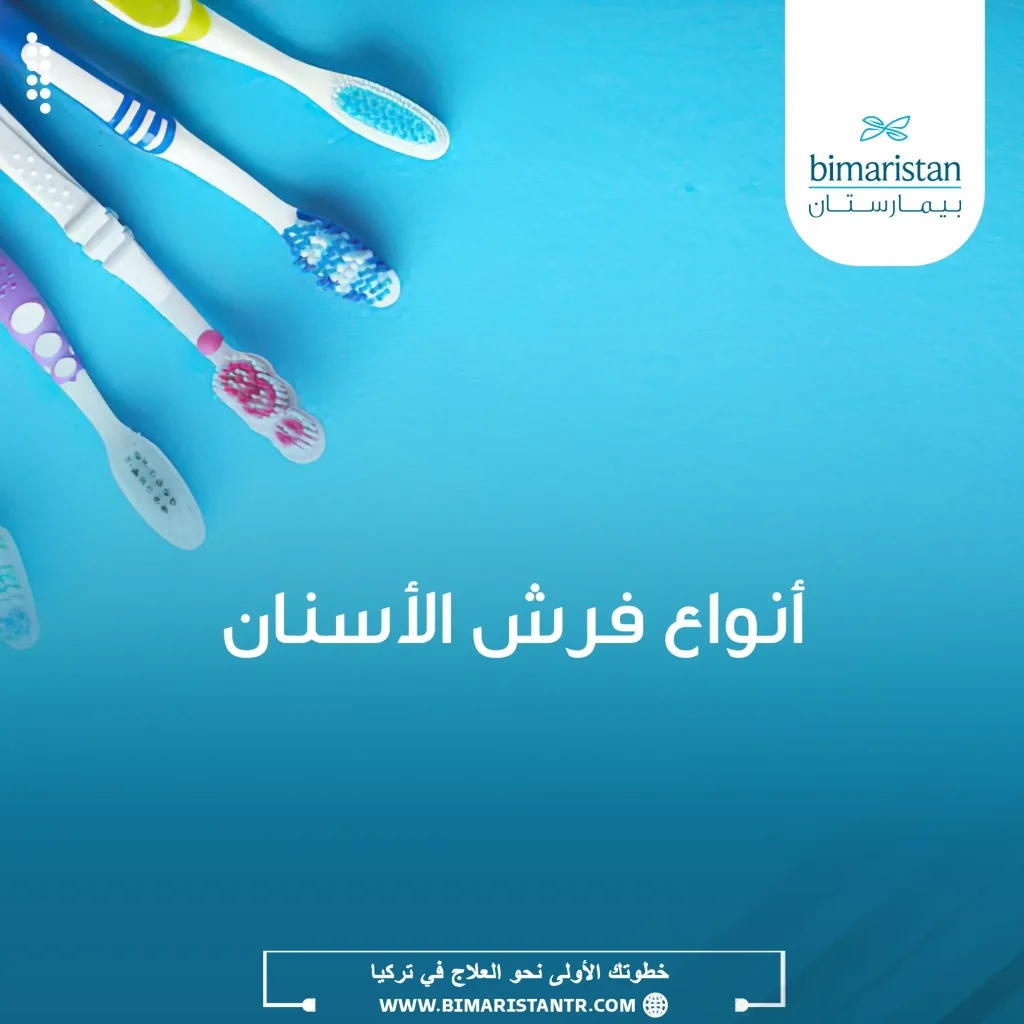أنواع فرش الأسنان كثيرة ومتنوعة جداً وعندما تقرر شراء واحدة فلا بد أن تساءلت أي نوع هو الأنسب لي؟، سنعرفك في المقال على أنواع كثيرة وكيف تختار بينها.
تعد فراشي الأسنان بأنواعها المختلفة من الأدوات الأساسية لتأمين صحة فموية سليمة، أنواع فرش الأسنان متعددة وتختلف استعمالات كل نوع منها،
تساعد أنواع فرش الأسنان الجيدة في تقليل تراكم أنواع المخلفات التى تشكل خطر بالغ وبالتالي منع التسوس وأمراض اللّثة ومشاكل الصحة الفموية الأخرى لدورها الفعال في:
- تنظيف سطوح الأسنان والمناطق بين السنية
- تمنع تراكم البقايا الطعامية والتصاقها
- تدليك اللّثة وتحفيزها
- تنظيف اللسان
يتواجد في الأسواق مجموعة واسعة من أنواع فرش الأسنان المختلفة بأشكالها واستخداماتها وآليات عملها.
يمكن أن تساعدك الفروق الدقيقة في التصميم بين المنتجات مثل المقابض متباينة الحجم والأشكال المختلفة وصلابة الشعيرات بين العلامات التجارية لفرش الأسنان في الوصول بشكل أفضل إلى تلك الأسنان الخلفية المزعجة لديك والتي كثيراً ما تعاني من تسوس أو تصل إلى أسفل خط اللّثة لإزالة البلاك.
أنواع فرش الأسنان حسب آلية عملها
ولدينا نوعين:
فرشاة الأسنان اليدوية
يعد المنتج الأشيع استعمالاً من بين أنواع فرش الأسنان الموجودة، وهي فرشاة أسنان يدوية غير كهربائية تستخدم في تنظيف الأسنان واللثة والمناطق بين السنية.
يكون ساعد هذه الفرشاة عموماً مصنوع من البلاستيك وشعيراتها تصنع من مادة النايلون.
طريقة استعمال فرشاة الأسنان اليدوية
يتم تحريكها بلطف تحت مستوى خط اللّثة باستعمال حركة أعلى وأسفل بهدوء وتكرار لإزالة بقايا الطعام والبكتيريا المتراكمة على الأسنان.
فرشاة الأسنان الكهربائية (الإلكترونية)
وهي من أنواع فرش الأسنان المفضلة والمرغوبة لدى عدد من الناس وخاصة الكبار بالسن أو عند من يعانون من مشاكل واضطرابات في الحركة مثل داء باركنسون وغيرها (يمكنك التعرف على علاج مرض باركنسون هنا).
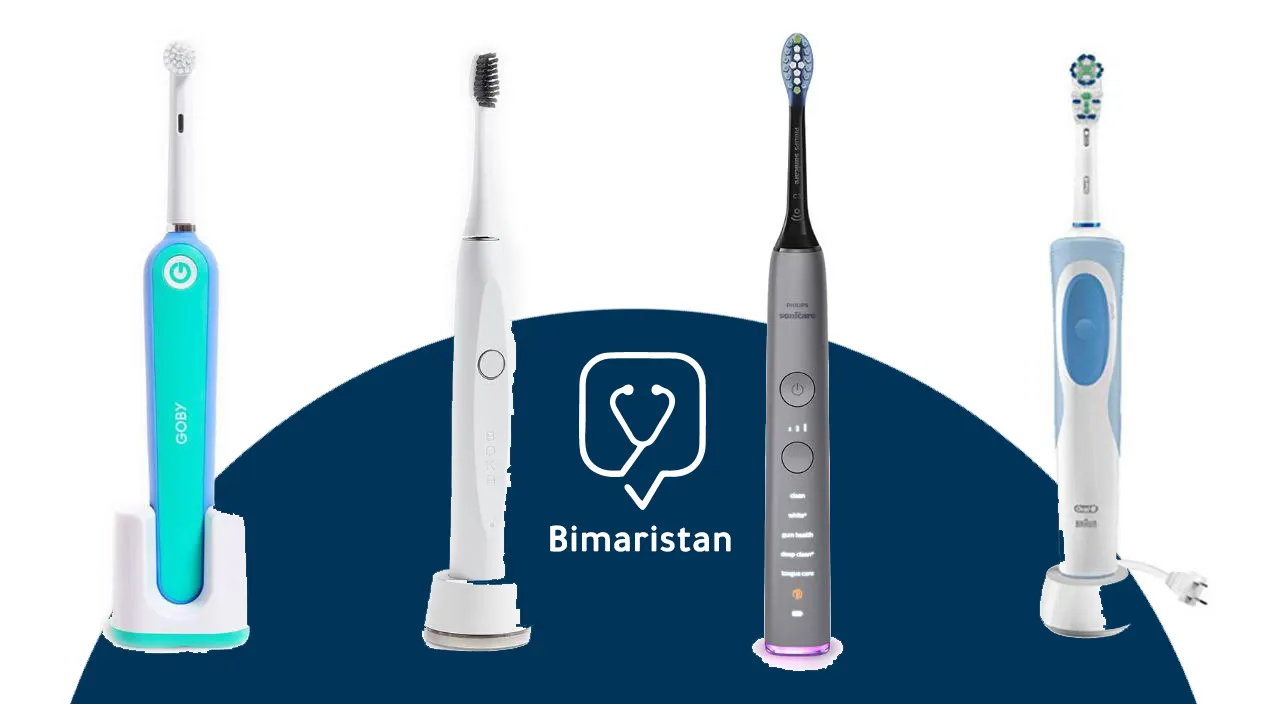
وهي فرشاة كهربائية تعمل على البطاريات تجد عليها زر عند الضغط عليه يبدأ رأسها بالإهتزاز أو الدوران مما يساعدك على تنظيف أسنانك بدون بذل جهد يذكر.
هناك أنواع مختلفة من فرش الأسنان الكهربائية وتشمل:
فرشاة أسنان صوتية
تحتوي هذه الفرش على رؤوس تهتز اهتزازاً سريعاً يولد صوتاً مسموعاً فتتحرك الشعيرات بسرعات عالية، قد تصل ترددات اهتزازها إلى 50000 هوة بالدقيقة الواحدة.
فرشاة أسنان فوق الصوتية
لفرشاة هذه الأنواع الكهربائية ترددات اهتزازية تدعى بالأمواج فوق الصوتيّة تتراوح بين 20 كيلوهرتز إلى 10 ميغاهرتز، أي حوالي 1.2 مليار حركة في الدقيقة الواحدة لذلك تعد فرشاة بفعالية كبيرة في التنظيف دون أن يضطر الشخص لبذل أي حركة.
قد تأتي بعض أنواع فرش الأسنان الكهربائية بمميزات إضافية مثل مؤقت يسمح لك بضبط أفضل زمن ولكل منطقة من فمك بالإضافة إلى حساسية من ناحية الضغط وأساليب تنظيف وحركات متنوعة.
كيف أعرف أيها هو أفضل أنواع فرش الأسنان بالنسبة لي؟
بعد أن شرحنا لك الفرق بين كل من أنواع فرش الأسنان السابقة سواء اليدويّة أو الكهربائية وغيرها فمن المفترض أنك أصبحت قادراً على اتخاذ القرار بشأن أيها هو أفضل فرشاة اسنان لك بنفسك.
عندما تشتري فرشاة أسنان جديدة ضع في اعتبارك جميع المواصفات سواء من فعالية الفرش في التنظيف أو السعر الذي يناسبك، في حال كنت تعاني مع عملية تنظيف أسنانك فإن اختيار فرشاة كهربائية سيكون جيداً للغاية.
في حين أن فراشي الأسنان الكهربائية لها أفضلية طفيفة عندما يتعلق الأمر بسهولة العناية الشاملة إلا أن آلاف الناس لا يتأقلمون مع استعمالها ويفضلون اليدويّة التي تأتي بسعر أرخص بكثير من الكهربائية.
ولكن لا تقلق النتيجة هي ذاتها مادمت تنظف أسنانك بانتظام وعناية، يمكنك أن تطلب من طبيبك مساعدتك في تقييم مدى فاعلية تنظيفك واختيار أفضل تقنية تنظيف الأسنان خاصتك.
أنواع فرش الأسنان حسب قساوة شعيراتها
وهناك ثلاثة انواع من فرش الأسنان بشكل أساسي بحسب درجة قساوة شعيراتها تشمل:
فرشاة أسنان بشعيرات قاسية
في هذه الأنواع تأتي فرشاة بشعيرات كاشطة وقاسية مما يجعلها أفضل في إزالة بقايا الطعام، ولكن لهذا النوع من أنواع فرش الأسنان سلبية هو أن قساوتها قد تؤذي سطح أسنانك كما قد تسبب تراجع اللثة وانحسارها.
فرشاة أسنان متوسطة القساوة
أفضل و أكثر أمناً على أسطح السن ولها فعالية في إزالة بقايا الطعام من الفم ولكن ليس تماماً فهي مع ذلك قد تؤذي لثتك في حال استعمالها بقوة جائرة وتسبب ألم اللثة.
فرشاة الأسنان الناعمة
في حال استخدام الفرش الناعمة soft toothbrush بالطريقة المناسبة فإنها تكون ذات قدرة على تنظيف أسطح السن واللثة بشكل جيد بالإضافة لكونها فائقة النعومة غير مؤذية للثة.
عند الأشخاص الذين ينظفون أسنانهم بقوة جائرة وهذه القوة المستخدمة خاطئة تسبب في الكثير من الحالات تآكلاً في ميناء السن وضرراً في اللثة لذا فإن الشعيرات الناعمة أكثرها أماناً.
أنواع فرش الأسنان الأخرى
هناك العديد من الانواع الإضافية التي يمكن استعمالها في حالات معينة ومنها:
فرشاة الأسنان للأطفال
من المهم العناية بإجراءات الأسنان لدى الأطفال، عندما يأتي الأمر لإختيار الأنسب بين أنواع فرش الأسنان لطفلك فعليك أن تلجأ لنوع خاص يصمم خصيصاً للأطفال بحيث يسهل عليهم استخدامها بشكل صحيح.
فرش أسنان الأطفال عادة ما تتميز بكونها صغيرة تأتي بشعيرات ناعمة بحواف مدورة كليلة لتساعد الطفل على تنظيف أسنانه بفعالية أفضل، كما يكون أيضا رأس هذه المنتجات صغيراً بشكل يسمح له بتنظيف العديد من الأماكن ضمن فمه.
عند اختيار نوع فرشاة أسنان جديد لطفلك حاول أن تختار:
- فرشاة أسنان تم تصديقها من قبل جمعية طب الأسنان الأمريكية ADA
- حجمها مناسب وشعيراتها ناعمة
- حاول أن تجعل طفلك يختار معك بنفسه حتى يصبح متحمساً ومهتماً بتنظيف أسنانه
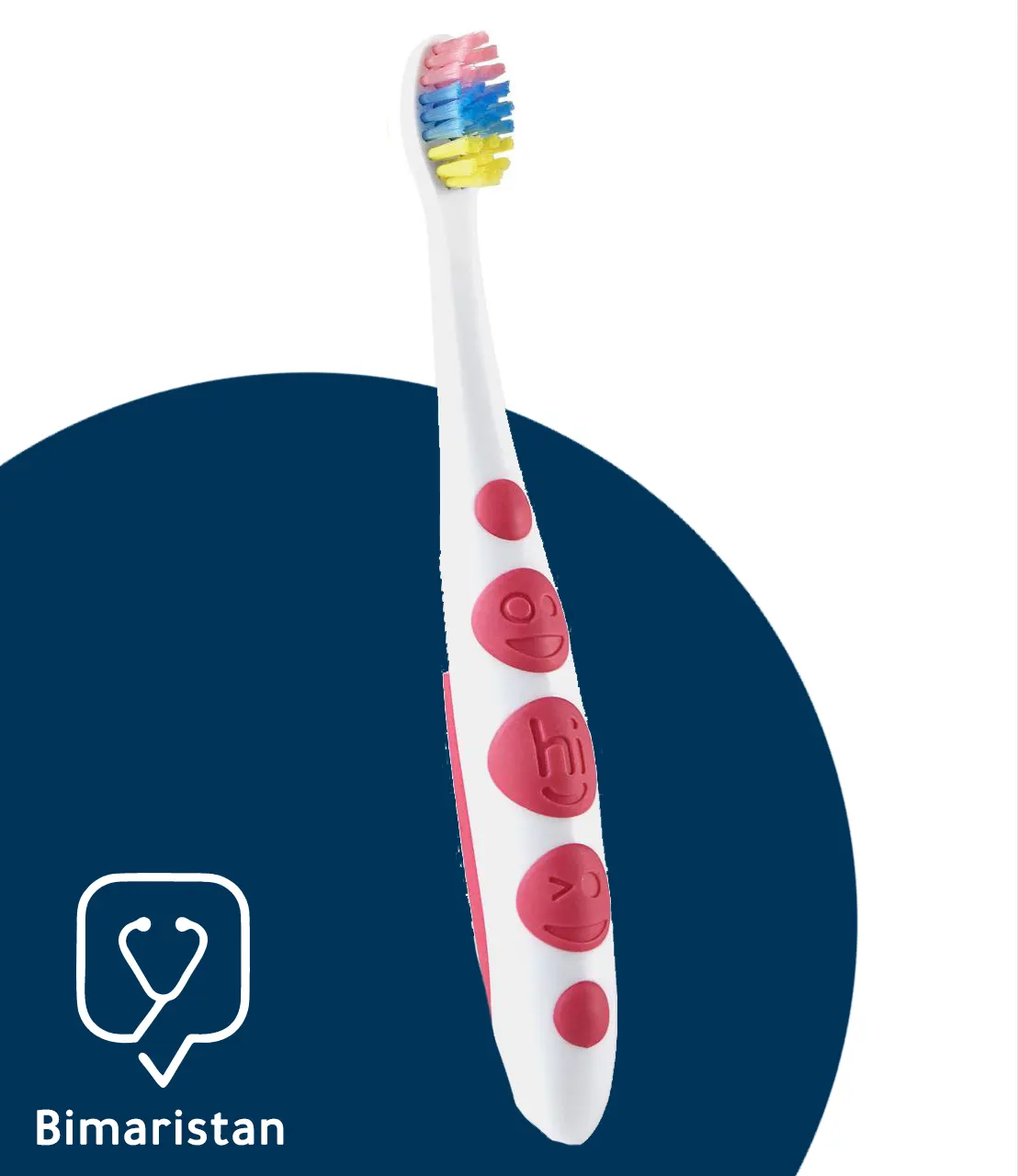
فرشاة تنظيف ما بين الأسنان وتحت تركيبات الأسنان
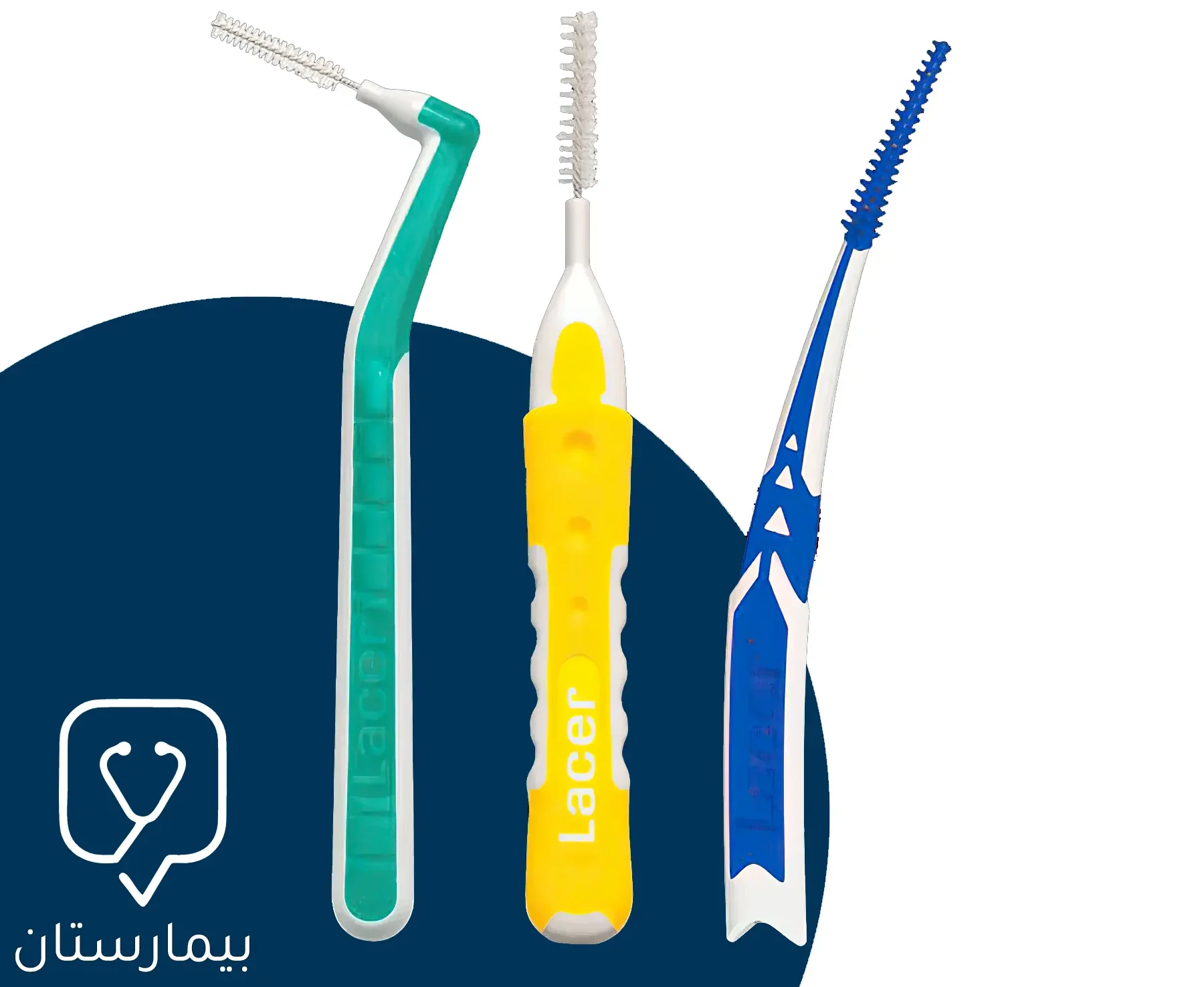
يمكنك باستخدام هذه الفرشاة بين السنية تنظيف السطوح الملاصقة أي بين الأسنان، كما أن هذه الفرشاة مصممة بحيث يمكنها تنظيف المناطق تحت الجسور والتيجان (التلبيسات) المفردة.
الفراشي بين السنية متاحة بأحجام عديدة وثخانات متعددة، كما يمكن استعمالها كذلك عند الأطفال ممن لديهم أجهزة حافظات المسافة والأشخاص الذين يستعملون الجبائر حول السنية.
فرشاة تقويم الأسنان
هي كل فرشاة أسنان تزيل بفاعلية جزيئات الطعام العالقة من حول الأقواس والأسلاك عند من يخضعون لعلاج تقويم الأسنان، يمتلك بعضها رؤوساً أصغر من الفرشاة العادية لذا يمكنهم الوصول إلى الأماكن الصغيرة التي يصعب الوصول إليها عادة بكل سهولة، وتتميز من ناحية تصميم الشكل:
- رؤوس فرشاة مدورة
- شعيراتها ناعمة ومرنة أو لها أشكال خاصة
- العنق الضيق
- مقابض بزاوية أو مدببة أو مريحة
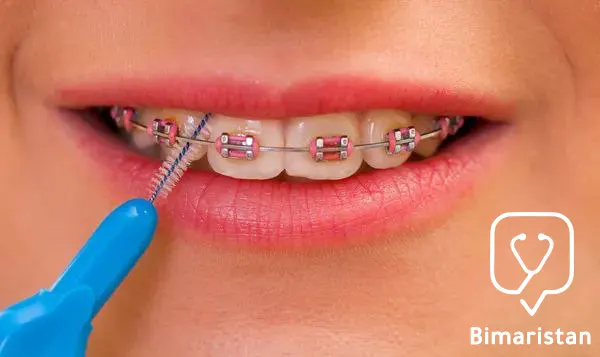
نصائح هامة لصحة أسنان جيدة
هناك تعليمات عناية بالفم ينصح بها الأطباء:
- الفرش الناعمة ومتوسطة القساوة هي المفضلة عند معظم الناس لقدرتها على تنظيف الاسنان بشكل جيد دون إلحاق أي ضرر باللثة
- قم بتنظيف أسنانك باستخدام الفرشاة والمعجون مرتين يومياً
- أعط وقتاً جيداً لتنظيف أسنانك مابين 3~4 دقائق في كل مرة
- قم بجلسات التنظيف الاحترافية عند الطبيب بشكل دوري
- لا تؤخر علاج التسوس أو أي مشكلة سنية أو لثوية لديك
- قم بتغيير فرشاة أسنانك كل 3 إلى 4 شهور حالما تبدأ شعيراتها بالتباعد والتخرب
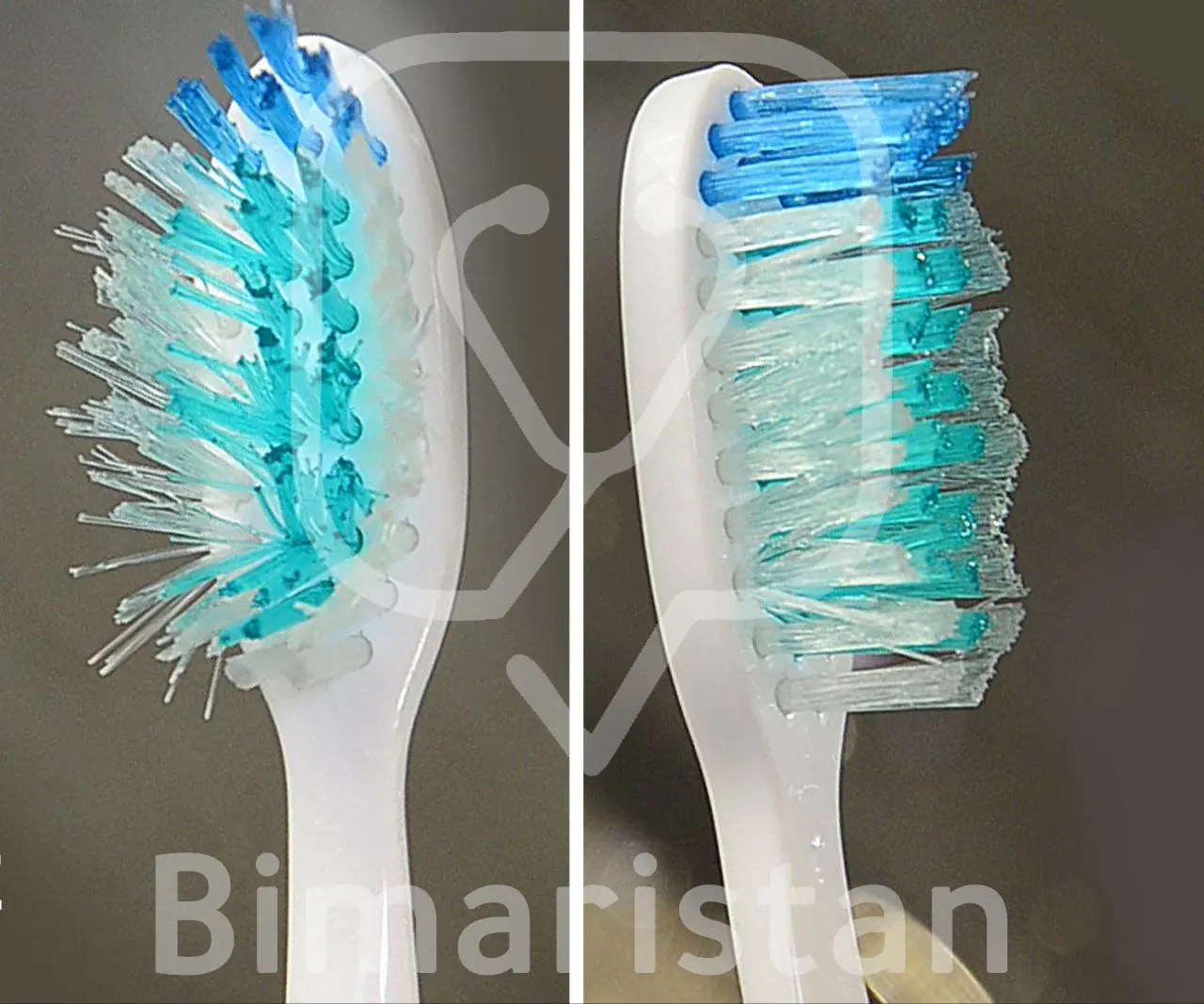
تعليمات استعمال وحفظ أي فرشاة اسنان
بغض النظر عن نوع فرشاتك التي تستخدمها فإن هناك عدة توصيات يجب عليك مراعاتها:
- لا تضع فرشاتك في مكان مغلق أو تغطيها بغطاء
- احفظ فرشاتك في مكان جاف
- بعد تنظيف أسنانك بالفرشاة لا تنسَ المضمضة باستخدام مضامض فموية مضادة للجراثيم مما سيخفف من نمو البكتيريا على فرشاة أسنانك
وتذكر دائماً أنه بعيداً عن أنواع فرش الأسنان فإن استعمال فرشاة الأسنان هو أمر ضروري ولا مفر منه لإزالة بقايا الطعام واللويحة وتأسيس بيئة فموية صحية.
وأن استعمال فرشاة اسنان مناسبة بطريقة صحيحة سيساعدك بشكل كبير في تنظيف أسنانك بشكل مثالي لذا من المهم أن تختار افضل نوع والأكثر راحة بالنسبة لك بين أنواع فرش الأسنان المختلفة للحفاظ على فمك وأسنانك نظيفين وصحيين.
المصادر
